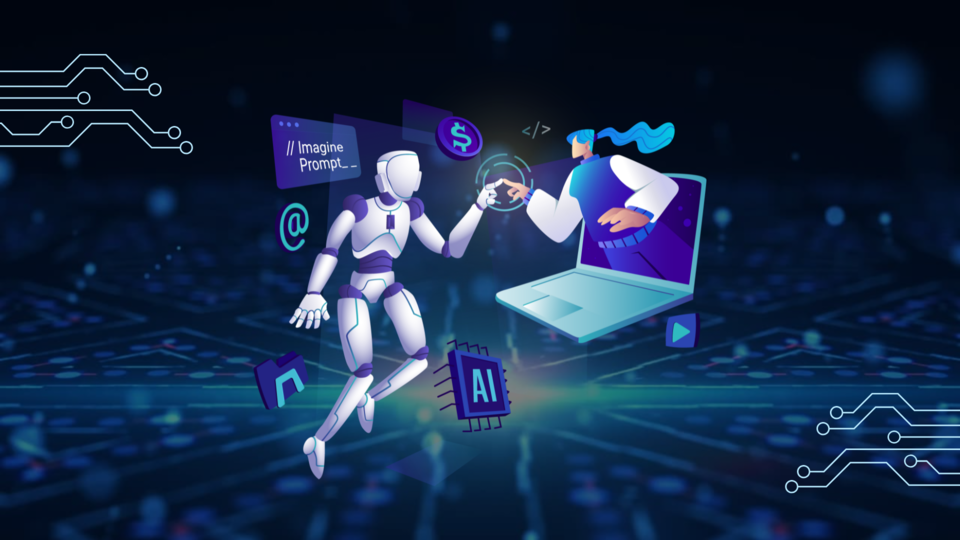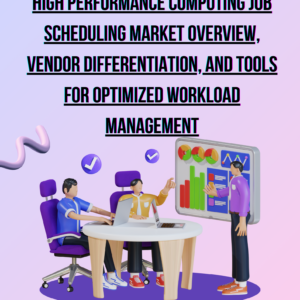A Critical Analysis of America’s $500B AI Gamble

- Uncategorized
- 101 Views
- 0 Comments
Is This the Biggest Bet in Tech History?
Imagine spending half a trillion dollars on a single initiative — more than the entire U.S. defense budget. That’s exactly what America is doing with AI. The government is pouring $500 billion into AI infrastructure, hoping to secure a leading position in this tech-fueled race. But is this a bold step toward progress or a reckless gamble with unforeseen consequences? Let’s break it down.
What $500 Billion Really Means
To put it into perspective, this investment represents 2.3% of the U.S. GDP. That’s a staggering amount of money, larger than many countries’ entire economies. It signals that AI is now seen as a cornerstone of national security and economic strength — right up there with defense and healthcare.
A Race Against China (and the Rest of the World)
China isn’t sitting idle. They’ve pledged $280 billion to their own AI infrastructure, setting the stage for a new kind of arms race — one where data centers, machine learning models, and chips are the weapons.
Here’s a snapshot of the AI spending showdown between 2025 and 2030:
- U.S. (Stargate Initiative): $125 billion/year
- China: $70 billion/year
- European Union: $20 billion/year
- Russia: $15 billion/year
It’s not just about technology; it’s about who shapes the future of the global economy.
Comparative AI Investment Table (2025-2030)
| Country/Region | Annual AI Infrastructure Investment | Total Projected Investment (2025-2030) | Key Focus Areas |
| United States (Stargate Initiative) | $125 billion | $750 billion | Cloud infrastructure, AI R&D, national security |
| China | $70 billion | $420 billion | AI chips, smart manufacturing, surveillance AI |
| European Union | $20 billion | $120 billion | Ethical AI frameworks, AI in healthcare |
| Russia | $15 billion | $90 billion | Defense AI, autonomous systems |
Jobs: The Good, the Bad, and the Ugly
AI investments mean new jobs — but also job losses. On the bright side, about 100,000 new positions will emerge in AI development, cloud infrastructure, and data science. But here’s the catch: up to 1.2 million jobs could be displaced by 2030 as AI automates everything from customer service to logistics.
So, while Silicon Valley might be popping champagne, many workers could be left scrambling to reskill and adapt.
Big Money, Few Players: Monopoly Risks
One of the most eyebrow-raising parts of this investment is where the money’s going. 40% of the budget ($200 billion) is being funneled to just three companies: Oracle, NVIDIA, and OpenAI.
Here’s what that could mean:
- Oracle: Could corner the market on data center infrastructure
- NVIDIA: Already the king of AI hardware, this money solidifies their throne
- OpenAI: Gains exclusive access to government projects, raising questions about fairness
This concentration of power is raising alarms. Is America putting too much control in the hands of too few players? Monopoly vibes are definitely in the air.
What’s at Stake?
This isn’t just about tech. It’s about America’s role on the global stage, the future of jobs, and who gets to shape the ethical and social boundaries of AI. If we get it right, America could lead the world into a new era of innovation. But if it goes sideways, we could see economic disruptions, job crises, and a tech landscape dominated by monopolies.
The Big Question: Bold Vision or Reckless Gamble?
America’s $500 billion AI investment is one of the boldest moves in tech history. It’s a bet on the future — and the stakes couldn’t be higher. The next few years will tell us if this is a masterstroke of strategic genius or a miscalculation with massive consequences.


